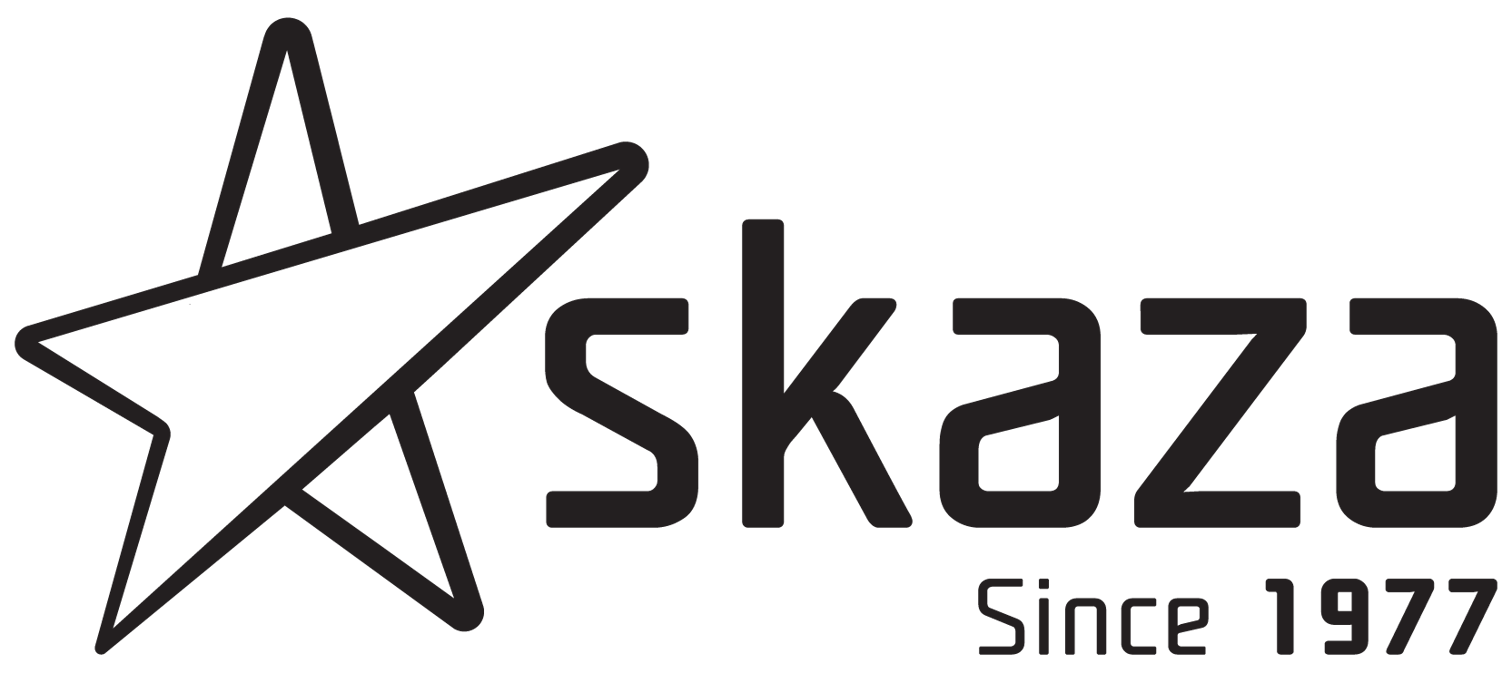At Plastika Skaza, we are firmly advancing on the path of digitalization. In mid-2022, we established a comprehensive digital strategy, which we successfully completed this year. The first step of this plan was the Skaza 5.0 project, selected through the public call for Digital Transformation of the Economy (JR Digit NOO). The investment is co-financed by the European Union from the Recovery and Resilience Facility – NextGenerationEU. The project is valued at €4.3 million, with co-financing amounting to €1.9 million. The project was successfully completed in March 2024.
The Skaza 5.0 project, a comprehensive digital transformation of the Plastika Skaza value chain, ran from April 2022 to March 2024, in a consortium with five other partners. "These are partners with whom we seek long-term strategic collaborations, not just for this project," emphasizes Niko Medved, Assistant General Director of Skaza. Itelis upgraded the ERP system, Alset handled energy management and collaborative workspaces. INEA took responsibility for machine vision and the MES system in production, Netis specialized in NFT certification and blockchain technology as well as digital passport design. Zlatorog equipment provided automated cells for wrapping and connecting final pallets. "With Siemens, we created a comprehensive digital strategy and are negotiating further solutions, while Blubit excels in manufacturing automation and collaborative robots," Medved says about the external partners.
.png?width=1920&height=1080&name=MicrosoftTeams-image%20(69).png)
With the Skaza 5.0 project, we placed employees at the heart of production. “The goal was clear: to increase production efficiency and other processes, maintain competitive advantage, and ensure profitability. At the same time, we improved workplaces with better ergonomics for our employees,” explains Medved. Besides the efficiency goal, Skaza has a long-term vision. “Our vision is that employees will transition from operational to more supervisory or managerial functions, meaning they will no longer perform physical tasks but will oversee a continuous and automated production process,” adds the interlocutor.
Results and Benefits of the Skaza 5.0 Project:
AGV Autonomous Transport Line: Designed to transport up to 450 pallets of finished products per day. It operates as a smart robot that moves automatically through production areas, optimizing workflows, ensuring timely delivery, and reducing physical strain on employees. Processing time per pallet was reduced from 5 minutes to 1 minute, saving 200 hours of manual labor per month.

Collaborative Robots: Two UR10 robots work in full synergy with operators, eliminating the need for manual handling of over 3,000 items per shift. In the first project, the collaborative robot boxes 4,000 items per shift, while the operator handles quality and packaging element changes. In the second project, the collaborative robot autonomously packs items and applies protective film, reducing the need for an additional operator.

MES System: Production assets are networked, with controllers and interfaces capturing real-time data processed by the MES system according to needs. Dedicated user interfaces allow optimal monitoring and deviation detection. The system alerts for deviations, with screens in each production hall displaying operational equipment. This enables timely detection and swift resolution of issues, improving equipment efficiency (OEE). Optimized areas post-MES implementation include production planning and scheduling, work order management, resource management, product quality, real-time inventory, production tracking and traceability, and performance analytics and reporting.
Digital Product Passport: Consumers have access to detailed product information, including material sources, sustainability aspects, and production dates, enhancing brand trust. The digital passport improves product traceability throughout its lifecycle, facilitates inventory management, returns, and recalls, and provides better regulatory compliance, environmental requirements adherence, and data collection and sharing automation, reducing manual work and errors. Tracking sustainability aspects enables better resource management and reduced carbon footprint.
Digital Twin: Allows simulation of manufacturing, process time, and machine and employee occupancy. It saves time, accelerates project implementation, reduces product costs, and enhances competitiveness for our business partners. The digital twin is an indispensable tool for optimizing production processes, robot programming, and improving productivity. It enables exploring different scenarios and making decisions aimed at the most effective solutions for optimizing production resources, including machines and employees.

Machine Vision with AI Elements: Used for quality control, incorporating machine vision corrected by artificial intelligence (AI) for the first time. We use six cameras based on AI models to inspect 12 defects per piece, linking images with injection molding and molding parameters via QR codes. This enables tracking production processes and addressing potential complaints.
Energy Management System (EMS): A program for managing energy consumption. We installed energy meters on all major consumers, with EMS handling the entire analytics. This allows us to manage electricity consumption by properly planning machine and heater startups based on analytics, preventing simultaneous activation of all machines and heaters, thus managing electrical power peaks.
HRast Platform: An innovative HR platform integrated into the SAP system, enabling complete digitalization of HR processes. HRast symbolizes a strong tree with deep roots, combining HR and progress (growth). Benefits for the company and employees include comprehensive overview for managers, detailed team information, early talent identification, easier decisions about replacements, and support for important career advancement decisions. For employees, HRast means reduced paperwork, easy access to all information, time savings, and better work environment organization.

Plastika Skaza has established an effective level of Industry 5.0 production with the project implementation. Development and deployment of digital tools enable higher added value per employee, easier business decisions, agile production systems, and satisfied and happy employees, who are key to the success of our projects. "One of the company's core values is continuous technological advancement, which we will continue to enhance in the future," Medved concludes decisively about the future.

